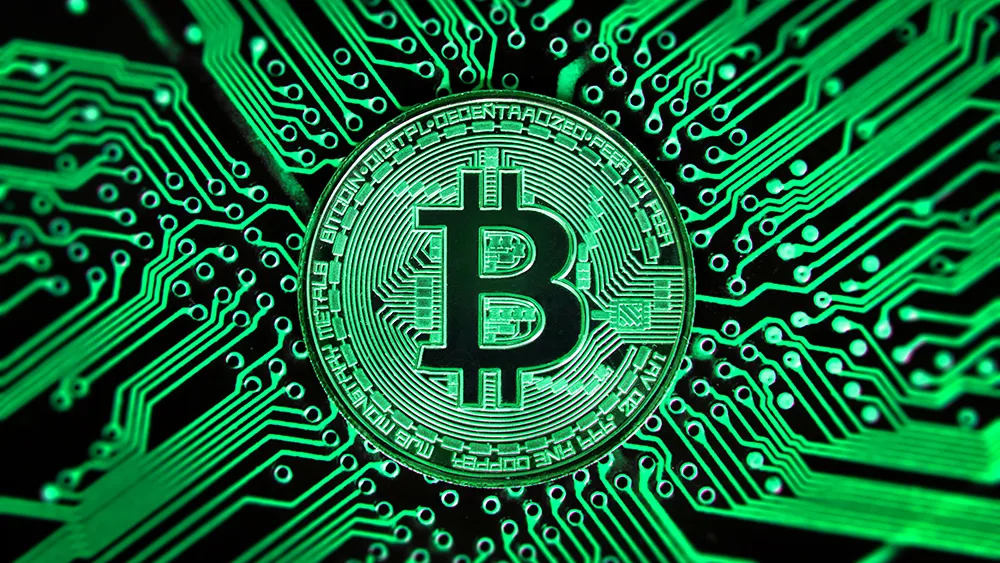Cryptocurrency has emerged as a potentially transformative force in the financial world, and its potential role in addressing hyperinflation in developing economies is a subject of considerable debate. Hyperinflation, characterized by extremely high and typically accelerating inflation rates, erodes the value of a nation’s currency, leading to severe economic instability and diminished purchasing power. For many developing countries grappling with hyperinflation, traditional monetary policies and interventions often prove ineffective or inadequate. In such contexts, cryptocurrency presents an intriguing alternative due to its decentralized nature, limited supply, and technological innovations. One of the key advantages of cryptocurrency is its resistance to traditional inflationary pressures. Unlike fiat currencies, which can be printed in unlimited quantities by central banks, many cryptocurrencies, such as Bitcoin, have a fixed supply limit. Bitcoin, for instance, has a maximum supply of 21 million coins, a feature that theoretically prevents the kind of overproduction that fuels hyperinflation. This inherent scarcity can help preserve value in environments where the local currency is rapidly losing purchasing power.

In hyperinflationary scenarios, people often seek to protect their savings and transactions from the eroding value of their local currency by converting assets into more stable forms. Cryptocurrencies, with their global reach and relative stability compared to hyper inflated currencies, offer a means for individuals to safeguard their wealth. This shift towards digital assets can also foster greater financial inclusion, as cryptocurrencies can be accessed by anyone with an internet connection, bypassing the need for traditional banking infrastructure that may be lacking in many developing regions. However, the implementation of cryptocurrency as a solution to hyperinflation comes with significant challenges. One major obstacle is the volatility inherent in most cryptocurrencies. The prices of digital assets can fluctuate wildly, making them risky for day-to-day transactions and long-term savings. This volatility can undermine their effectiveness as a stable store of value, especially in economies already facing extreme financial instability. The absence of regulatory frameworks and legal protections can also pose risks, including potential for fraud and exploitation.
While Cryptocurrency news can offer a hedge against hyperinflation, their widespread adoption could also reduce the effectiveness of traditional monetary tools and fiscal measures. Governments may find it challenging to manage their economies if significant portions of transactions and savings are conducted in a decentralized digital currency beyond their control. In conclusion, while cryptocurrency offers promising avenues for mitigating the effects of hyperinflation in developing economies, it is not a panacea. The benefits of decentralization, fixed supply, and financial inclusion need to be weighed against the risks of volatility, technological barriers, and potential impacts on economic management. For cryptocurrency to play a significant role in combating hyperinflation, it would need to be part of a broader strategy that includes strengthening economic governance, improving technological infrastructure, and ensuring regulatory oversight. The evolving landscape of digital finance suggests that while cryptocurrency might offer some relief, it is best viewed as one component of a multifaceted approach to addressing the complex challenges of hyperinflation.
